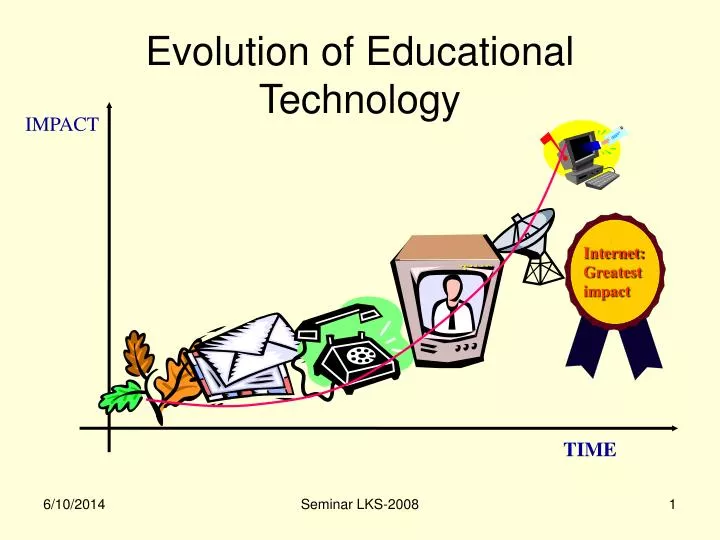
Everyone knows of the exploitation that followed and still exists in many parts of the world. Business owners, like landowners, needed laborers and could profit by extracting as much work from them as possible with as little compensation as possible. With the rise of industry and of a new bourgeoisie class, feudalism gradually subsided, but this did not immediately improve the lives of most children. Anthropologists have reported that the hunter-gatherer groups they studied did not distinguish between work and play-essentially all of life was understood as play. However, they did not have to work long hours and the work they did was exciting, not dreary. They had to be able to take initiative and be creative in finding foods and tracking game. They also had to develop great skill in crafting and using the tools of hunting and gathering. To be effective hunters and gatherers, people had to acquire a vast knowledge of the plants and animals on which they depended and of the landscapes within which they foraged. The hunter-gatherer way of life had been skill-intensive and knowledge-intensive, but not labor-intensive. The invention of agriculture, beginning 10,000 years ago in some parts of the world and later in other parts, set in motion a whirlwind of change in people's ways of living. Willfulness, which had been a virtue, became a vice that had to be beaten out of children.
#Evolution of education infographic update
information on refresher courses to update your skills.There are various communities, online and at colleges/universities to help you with any questions you have. College expenses – tax deductible: $4,000 in tuition costs and $2,500 in student loan interestsĬommunities: Support and Frequently Asked Questions (FAQ).Lifetime Learning Credit up to $2,000/year.The American Opportunity Tax lets you claim up to $2,500/year.

Sure it's lengthy, but there are no age limits and you can do it online.
#Evolution of education infographic free

Currently, 38% of those enrolled in higher education are over the age of 25.īetween the years of 20, the number of online students has increased by 443%.From 2011 to 2021, National Center for Education Statistics (NCFS) projects a rise of 14% in enrolments of of students 25 and over.Enrolment of students 25 and over rose 41% from 2001 – 2011.learn new software, technology, applications and management skills/programs.Re-entry/non-traditionaI/adult students go back to school to: Why go back?Īs the job market expands with growing businesses, the employment market demands more experience and knowledge. They are adults between the ages of 25-69 in higher education. Who are the Adult Learners?Īdult students are also known as re-entry or non-traditional students. Here is how and why getting a college degree or certification has become easier and more beneficial than ever before.

Adult Life and Learning: Adult Students - A New NormalĪs an adult returning back to college, responsibilities like work, community obligations, marriage and children can be overwhelming and make you think twice about continuing your education. Students of every age are taking advantage of the multitude of continuing education options available to them.The Adult Life and Learning Infographic analyses how students have embraced this evolution of further education, as well as exploring other important considerations, such as the financial undertaking involved when returning to college and how that can be mitigated through scholarships and tax breaks. There is no such thing as a typical college student anymore.


 0 kommentar(er)
0 kommentar(er)
